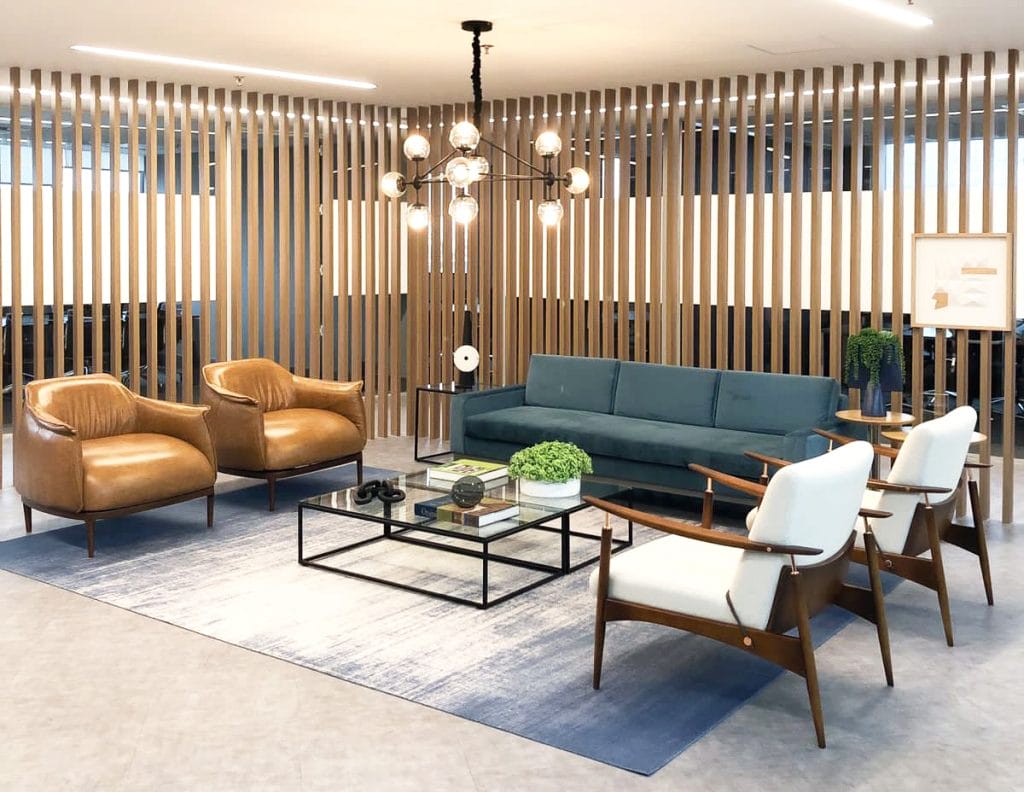
There’s a quiet revolution happening unfolding in the world of interior design. Gone are the days when feminine style meant frills, florals, and overly romantic palettes. Today, feminine design codes are being reinterpreted through a lens of modernity; merging softness with strength, emotion with structure, and beauty with purpose. This evolution isn’t about gender, but rather about energy: a movement towards balance, comfort, and connection in our living spaces.
The growing appeal of feminine aesthetics reflects a cultural shift. As the world embraces empathy, sustainability, and emotional wellbeing, interiors too are shedding their harsh minimalism in favour of warmth and tactility. The new “soft power” of design invites us to slow down, to feel rather than simply function.
What Defines Feminine Design?
Contemporary feminine design moves far beyond the cliché of pink walls and plush cushions. Instead, it’s characterised by a sense of flow and gentleness; think of organic shapes, layered textures, and a colour palette drawn from nature rather than fashion. Consider soft neutrals, muted blushes, terracotta, and earthy taupes paired with natural materials such as rattan, boucle, linen, and brushed metals.
Curves are at the heart of this aesthetic. Arched doorways, rounded mirrors, and sculptural furniture bring a sense of grace and safety to interiors. Even small details, like the curve of a lamp base or the softened edge of a coffee table, can shift the emotional tone of a room. Flooring often plays a subtle but vital role here: wood-effect vinyl, pale terrazzo, or tactile woven rugs add both warmth and grounding to the overall scheme.
The Psychology Behind Softness
The popularity of feminine design codes isn’t just aesthetic; it’s emotional. Curves, soft lighting, and soothing hues are proven to promote relaxation and reduce stress. In a world of constant digital demands, these visual cues act as a counterbalance, encouraging a more mindful pace of life.
The embrace of tactile materials also connects to our need for sensory comfort. Touching a boucle armchair or walking barefoot across a wool rug provides a small but meaningful sense of calm. This focus on tactility marks a shift towards designing homes that nurture wellbeing rather than simply showcase style.
Blending Softness with Structure
Feminine design does not mean fragile. Its modern expression finds strength in balance; pairing fluid forms with clean lines, and delicate shades with bold contrast. A curved sofa might be framed by a sleek marble coffee table; blush-toned walls may offset deep bronze accents. The interplay of soft and strong elements is what keeps the look sophisticated rather than overly sweet.
Lighting plays a crucial role here too. Layered illumination, such as combining pendant lights, wall sconces, and floor lamps, enhances both the mood and the architectural character of a room. A soft, diffused glow complements the tactile textures, creating an atmosphere that feels quietly luxurious.
How to Bring Feminine Energy Home
Introducing feminine design doesn’t require a total overhaul. Start small by rethinking the sensory and emotional experience of each space. Replace sharp lines with softer silhouettes, such as a rounded dining chair, a curved headboard, or a wave-edged mirror, all of which can shift the entire mood.
Experiment with tone-on-tone colour palettes for depth without drama. Layering shades of beige, cream, rose, and taupe adds warmth and cohesion. Introduce subtle metallic touches, like brushed brass or champagne gold, to elevate the softness with a hint of sophistication.
Textiles are essential: velvet cushions, linen throws, and woven rugs can create both comfort and visual richness. Even the flooring can reflect the mood: light engineered wood or lightly textured stone enhances the sense of openness and calm. Add organic forms through ceramics, sculptural vases, or even irregularly shaped art to maintain that sense of natural flow.
The Broader Meaning of Soft Power
Ultimately, feminine design in modern interiors isn’t about decoration: it’s about attitude. It represents a move away from dominance and rigidity towards harmony and empathy. The home becomes not just a showpiece but a sanctuary; a place that speaks of quiet confidence rather than loud assertion.
This “soft power” aesthetic reflects a deeper desire for emotional intelligence within our spaces; homes that mirror the evolving values of care, connection, and authenticity. As more designers and homeowners embrace this philosophy, the boundaries between masculine and feminine, strong and soft, will continue to blur.
Author Bio:
Sophie Marlowe is a digital content writer and outreach executive for Luxury Flooring. She specialises in crafting engaging blogs on home improvement and home decor with a focus on flooring. Sophie writes handy how-tos, easy guides, and helpful comparisons, letting the reader be informed and inspired to take their home to the next level.